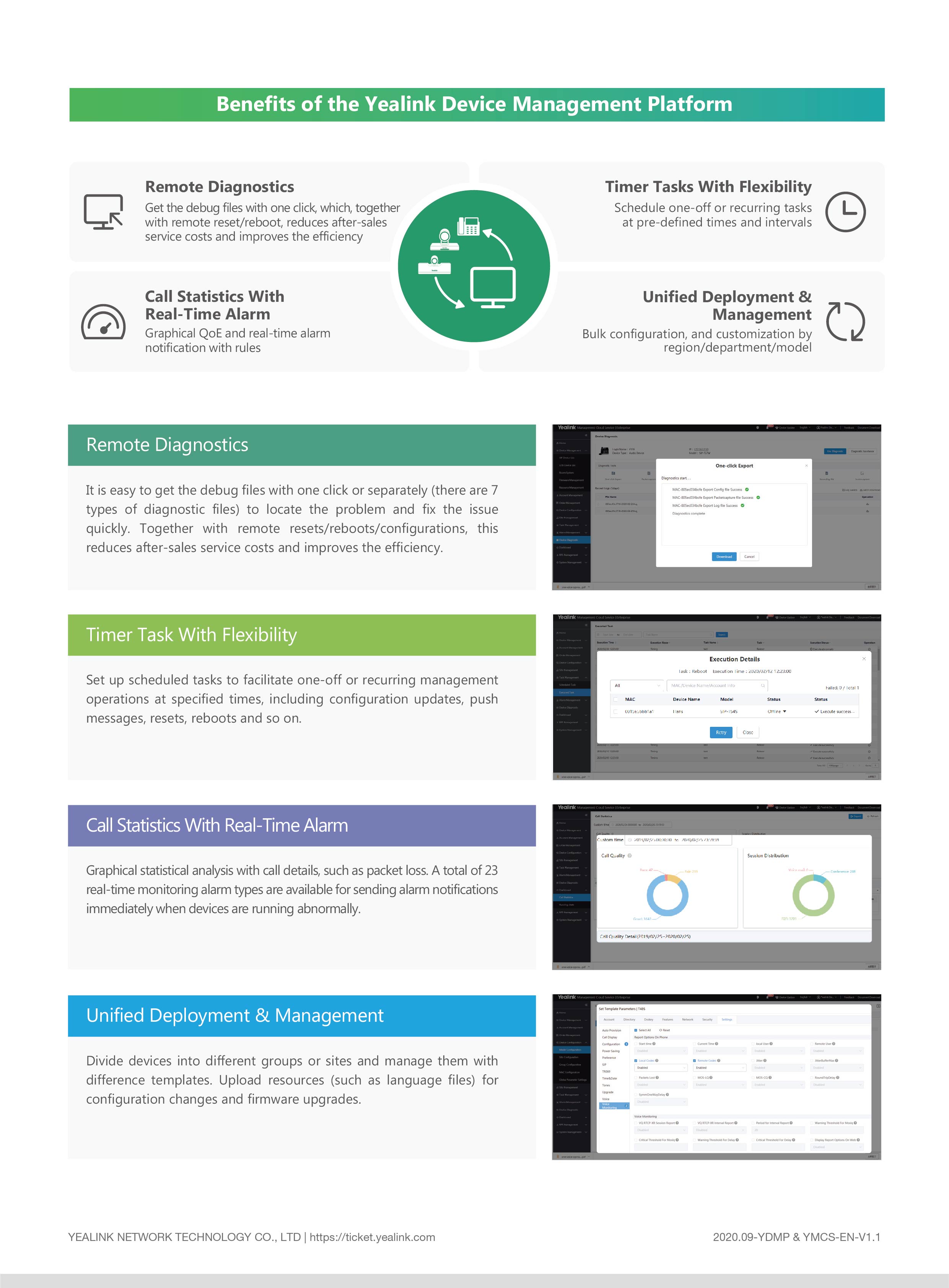As technology continues to evolve, the Internet of Things (IoT) has emerged as a transformative force in various industries. From smart homes to industrial automation, IoT devices are revolutionizing how we interact with our environment. Among these devices, the Raspberry Pi stands out as a versatile and cost-effective platform for developing IoT applications. However, ensuring secure communication between these devices and cloud services remains a critical challenge.
This article focuses on securely connecting your remote IoT Raspberry Pi to AWS Virtual Private Cloud (VPC). By following this step-by-step guide, you can enhance network protection and ensure that your IoT devices operate safely within a controlled environment. Whether you're a hobbyist or a professional developer, understanding how to integrate Raspberry Pi with AWS VPC is essential for creating robust and scalable IoT solutions.
Connecting Raspberry Pi to AWS VPC: A Secure Approach
Establishing a secure connection between your Raspberry Pi and AWS VPC is fundamental for managing IoT devices remotely. This setup ensures that all data exchanged between your device and the cloud is encrypted and protected from unauthorized access. By leveraging AWS's advanced security features, you can create a reliable infrastructure that supports your IoT projects.
The process involves configuring your Raspberry Pi to communicate with AWS services using secure protocols. This includes setting up certificates and keys that authenticate your device and encrypt data transmissions. Additionally, by placing your Raspberry Pi within a VPC, you can isolate it from public networks, reducing the risk of cyber threats.
For those new to IoT development, understanding the importance of secure connections cannot be overstated. Without proper security measures, sensitive information could be exposed to malicious actors. By following best practices and utilizing AWS's tools, you can safeguard your IoT ecosystem while maintaining seamless connectivity.
Exploring RemoteIoT VPC Solutions for Raspberry Pi
RemoteIoT VPC offers a powerful framework for developers looking to integrate Raspberry Pi into their IoT projects. This solution provides a secure and scalable environment where devices can communicate with cloud services without compromising data integrity. Its architecture is designed to handle the complexities of modern IoT deployments, making it an ideal choice for both small-scale experiments and large-scale implementations.
One of the key advantages of RemoteIoT VPC is its ability to leverage AWS's extensive suite of services. By combining Raspberry Pi with AWS IoT Core, users can build applications that not only connect devices but also analyze data in real-time. This integration allows for smarter decision-making and more efficient resource management across various industries.
Moreover, RemoteIoT VPC simplifies the setup process by providing pre-configured templates and documentation. These resources enable developers to quickly deploy their Raspberry Pi-based solutions without needing extensive knowledge of cloud infrastructure. As a result, even beginners can start building secure IoT networks with minimal effort.
Configuring Raspberry Pi for Secure Communication with AWS IoT Core
To establish secure communication between your Raspberry Pi and AWS IoT Core, you need to configure several components. Start by generating unique certificates and private keys for your device. These credentials will authenticate your Raspberry Pi when it connects to AWS services, ensuring that only authorized devices can access your network.
Once the certificates are ready, install the necessary software on your Raspberry Pi to enable MQTT communication. AWS IoT Core uses MQTT as its primary protocol for lightweight and efficient data transfer. By configuring your Pi to publish and subscribe to MQTT topics, you can exchange messages with other devices or applications within your VPC.
Finally, test the connection by sending sample data from your Raspberry Pi to AWS IoT Core. Monitor the results to confirm that everything is functioning correctly. If any issues arise during this stage, review your configuration settings and adjust them accordingly until the connection is stable and secure.
Creating a Scalable IoT Network with Raspberry Pi and AWS
Building a scalable IoT network requires careful planning and execution. When integrating Raspberry Pi with AWS, focus on designing a system that can grow alongside your needs. Start by defining clear objectives for your project and identifying which AWS services will best support those goals.
Consider implementing additional security measures such as firewalls and intrusion detection systems to further protect your network. These tools can help identify potential threats before they compromise your IoT devices or data. Regularly updating your software and firmware also plays a crucial role in maintaining long-term security.
As your network expands, monitor performance metrics closely to ensure optimal functionality. Use analytics provided by AWS to gain insights into usage patterns and optimize resource allocation accordingly. With proper planning and maintenance, your Raspberry Pi-based IoT network can remain secure and efficient regardless of size.

